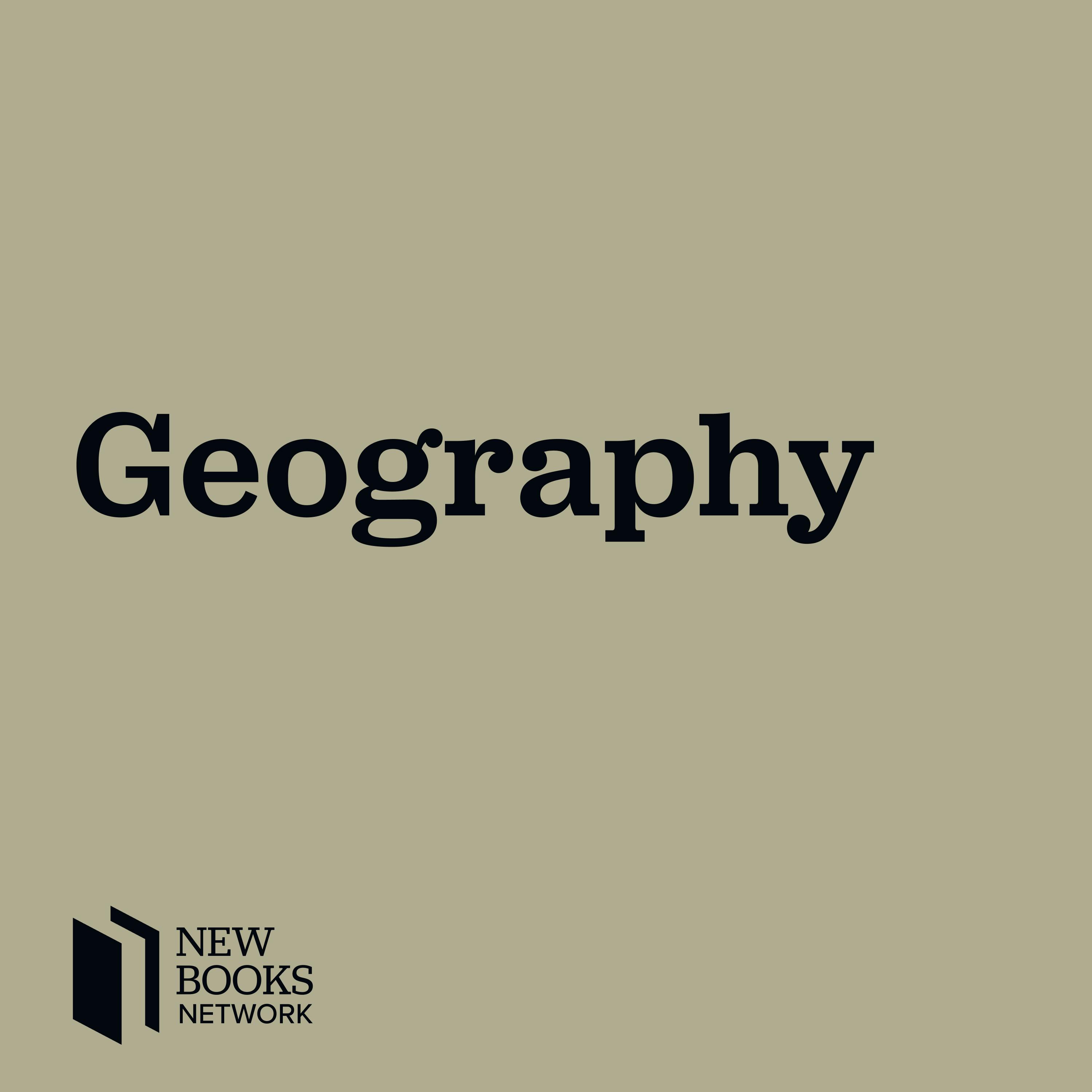
Yolonda Youngs, "Framing Nature: The Creation of an American Icon at the Grand Canyon" (U Nebraska Press, 2024)

New Books in Geography
Shownotes Transcript
Perhaps no American landscape is as iconic as the rainbow rocks of Arizona's Grand Canyon. Yet, as the geographer Yolonda Youngs argues, the Grand Canyon many people think they know is but one sliver of the story of the wider Grand Canyon as a historical and physical place.
In Framing Nature: The Creation of an American Icon at the Grand Canyon )(U Nebraska Press, 2024), Youngs, a Cal State - San Bernardino professor, tracks the history of the canyon from the perspective of spatial, physical, and visual culture studies. In doing so, she shows how the ways we think of a place shape how humans use that place. In the case of the Grand Canyon, that means the "classic" perspective that people recognize of the canyon from the south rim, means that changes to the riparian landscape hundreds of feet below often go unnoticed. Wider changes in American visual culture, including the development of postcards, film, and television, also shaped tourist expectations - visitors expecting to see rapids, for instance, rather than the fern groves and waterfalls which also form critical parts of the wider Grand Canyon environment. As the cliche goes, a picture is worth a thousand words, and in the example of the Grand Canyon, those same storytelling pictures also shape use in ways that continue up through the present day.
Learn more about your ad choices. Visit megaphone.fm/adchoices)
Support our show by becoming a premium member! https://newbooksnetwork.supportingcast.fm/geography)